Savory is among one of the oldest spices, known to even the ancient Romans, who seasoned every dish with it. In the 1st century BC, the ancient Roman poet Virgil looked after plantations of savory, claiming that the honey of the bees he owned ended up much more flavorful.
The name of the plant comes from Latin and means "grass of the satyrs". In antiquity, savory was considered an aphrodisiac, while during the Middle Ages it began being added ever more often to dishes, especially in cakes and other pastries.
The genus Satureja contains about 30 varieties of annual and perennial herbaceous plants from the Lamiaceae family. These short plants grow in sunny areas and are concentrated in the warm regions of the northern hemisphere. The aboveground part is usable. It is picked during or after blooming.
Savory can be used both fresh and dried. If you have fresh savory at hand, it's best to use it. It is extremely flavorful and provides an interesting taste to every dish.
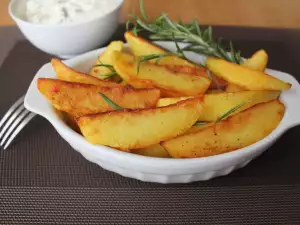
Savory is used to season all sorts of dishes with meat and stews. In addition, it is part of the ingredients list of all mince used for meatballs, kebab, as well as mince dishes, such as stuffed peppers for example. It is also a delightful spice for all legumes.
Savory needs to be dried in the shade. The dried spice has a green color, a characteristic smell and slightly spicy taste. When cooking with it, it combines well with all other spices without a problem. Most commonly, these include black pepper, salt, paprika, fenugreek, cardamom, turmeric and others.
Besides as a spice, savory is also used as a potent herb. Its composition includes a great amount of chemical components, known for their antioxidant effects. Consuming them has overall health benefits. Savory also has dietary fiber, which increases good cholesterol.
A fun fact is that Satureja hortensis (summer savory) is the variety most often used in the culinary arts. However, Satureja douglasii is better known for use in medicine in North America, and Satureja thymbra - in the Mediterranean. Both herbs contain high amounts of carvacrol and thymol - phenol oils.
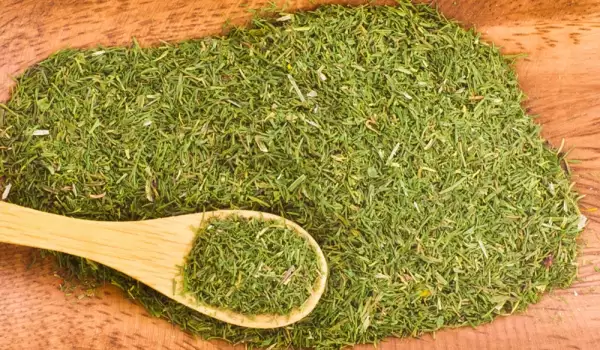
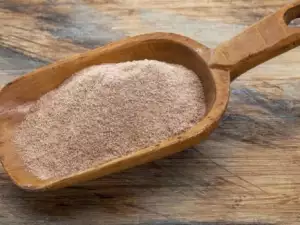
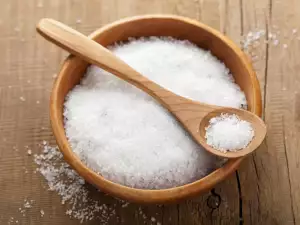
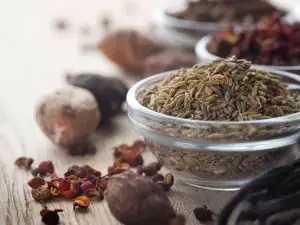
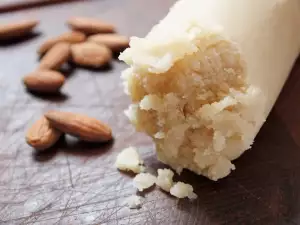

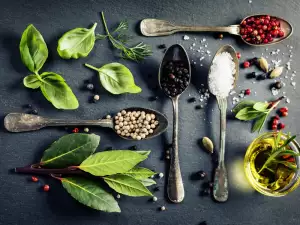
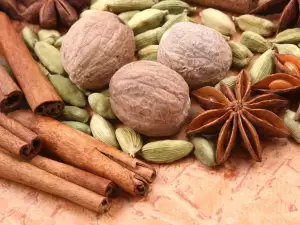
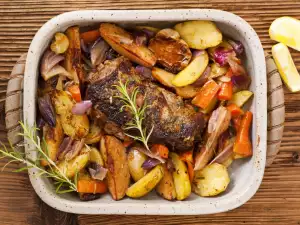
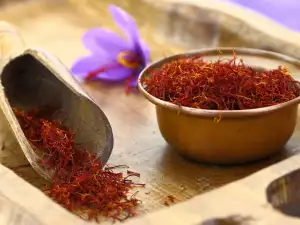

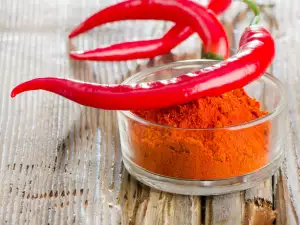


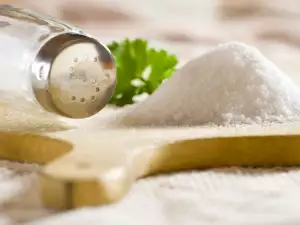




Comments